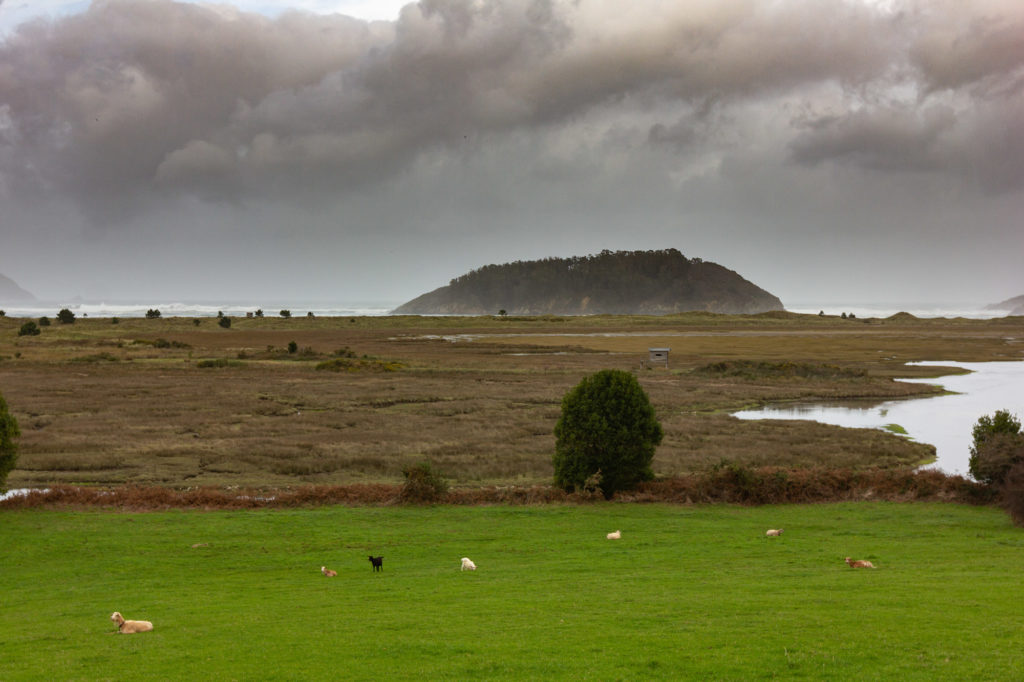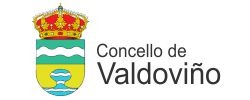What to see
One project, dozens of possibilities
Among the tasks of the Cape Ortegal Geopark Project is to design a complete catalog of geological resources and routes that cater to different audiences: schoolchildren, specialists in the field and visitors with different levels of knowledge. Audiences who should be provided with a different offer -and adapted to their profile- that is based on a knowledge of the history of the Earth combined with other aspects, such as gastronomy, culture, heritage or even cultural and sporting events.
The project is aimed at the design of a complete catalog of geological resources and routes that cater to different audiences: schoolchildren, people specializing in the subject and visitors with different levels of knowledge.
The town councils and other public and private entities that support the project have been working for some time on the enhancement of the territory with websites and information covering both the main points of interest and the services of all kinds associated with them.
Any geopark project is structured on three main elements related to each other and with the same specific weight: an abiotic base -the rocks and formations that make it unique-, a biotic layer -the life settled on the abiotic base- and, thirdly, the facet related to all manifestations of culture: civil and religious architectural heritage, traditions, gastronomy, history, cultural expressions, etc.
The Cape Ortegal Geopark Project is now developing the first section of this “abc”, that of the knowledge of the geological wealth as a support for the other two, which have been investigated, protected and promoted as a tourist attraction for decades.

The entire coastal area, from Valdoviño to Ortigueira, has some degree of protection at European level, with declarations of Special Areas of Conservation, Areas of Special Natural Value or Special Protection Areas for Birds. In addition, in the southern half of the project delimitation there is also the ZEC-ZEVN Xubia-Castro area and between Ortigueira and Cerdido we find the ZEC-ZEVN Ortigueira-Mera axis. Natural areas characterized by flora and fauna mainly associated with coastal landscapes, intertidal movements and Atlantic forests, with some examples of animal and plant endemisms.

A land of unique experiences


And geology too...
All these layers -natural and historical heritage, gastronomy, culture, etc.- are combined in a tourist offer promoted from each municipality and from supramunicipal bodies, such as the Mancomunidad de Concellos de la Comarca de Ferrol, responsible for the Geodestino Ferrolterra Rías Altas that allows to configure stays of several days according to preferences.
Now to all these promotional actions of the territory is added a new layer, geotourism, conceived as the discovery of the area starting from where it all began, from a unique geology that has shaped landscapes and ways of life.
For this reason, the project has conceived a possible organization of this offer, grouping the main elements by zones. The result is ten individual cards with a description of the most outstanding geological resources, which can be combined with the rest of the heritage and cultural proposals, approaching each destination on your own – except in cases of special difficulty – or as part of guided tours. In addition, due to the proximity of some of the geological landmarks, it is even possible to plan one or two destinations each day.











